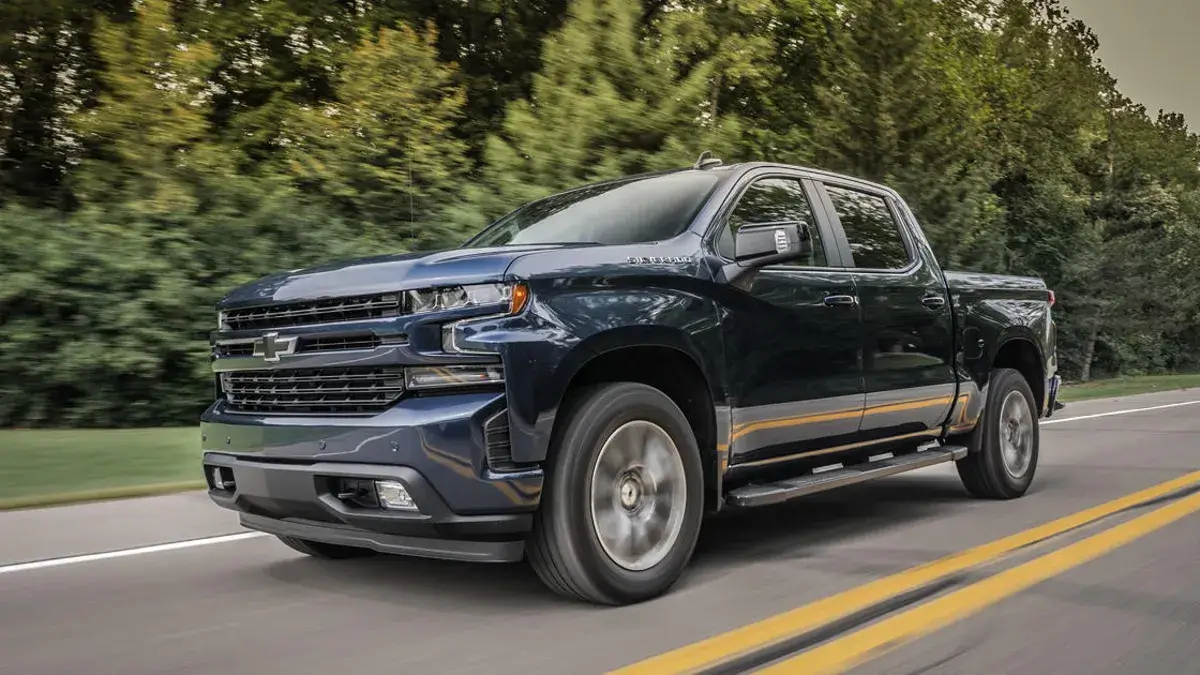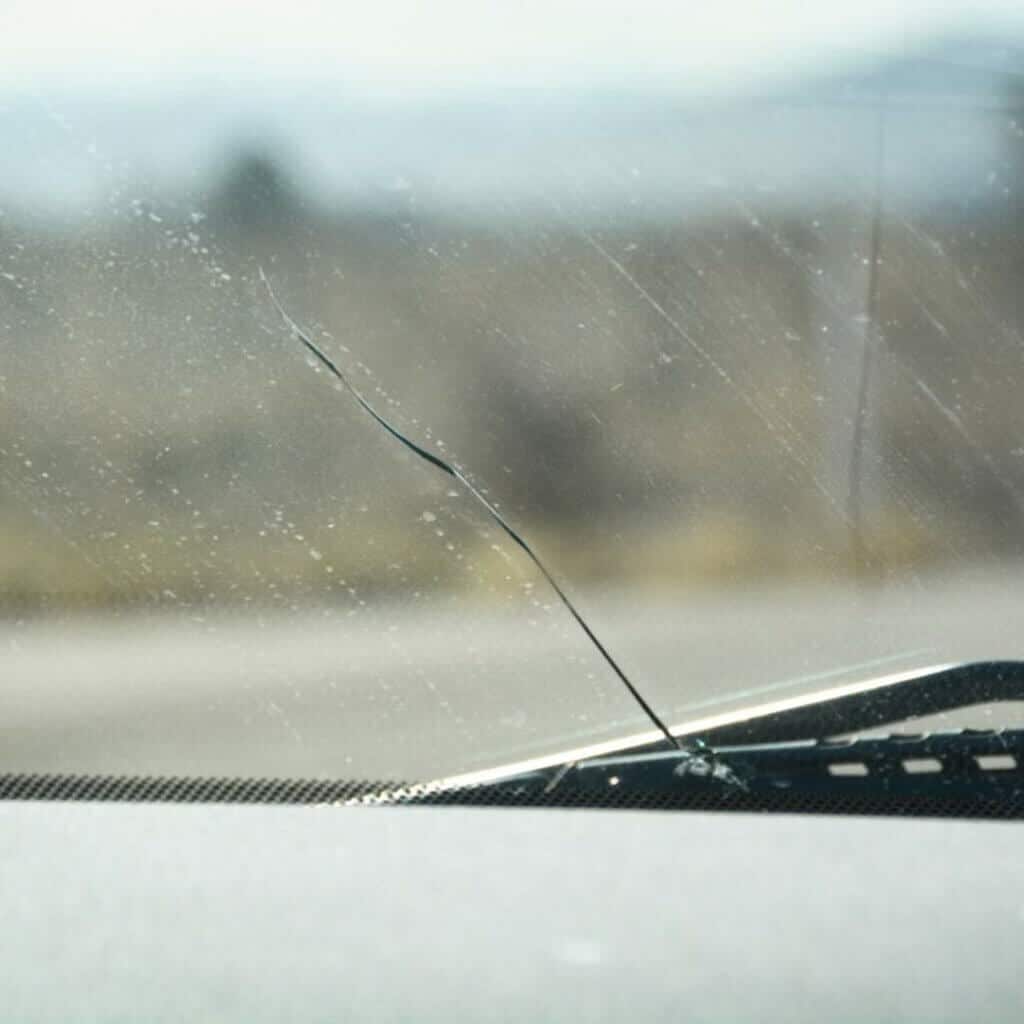What to do if your Chevy Silverado 4 Wheel Drive won’t disengage?
Many drivers have complaints of the 4-wheel drive not disengaging from 4WD to 2WD. Switching from 4WD to 2WD can be useful for better fuel efficiency, reduced wear on the drivetrain, improved handling on smooth roads, enhanced maneuverability in tight spaces, and a quieter ride.
It should be done based on driving conditions, using 4WD when extra traction is needed and 2WD for standard road conditions.
Since the 4×4 wheel drive is in its element when off-roading, when driving on smooth tarred roads constantly, you may most likely encounter this problem. This is a pretty common occurrence with the owners of this type of vehicle, especially with extended usage.
In this article, we’ll take a closer look at how 4-wheel drives work and why your Chevy Silverado 4-wheel drive won’t disengage.
Chevy Silverado 4 Wheel Drive Won’t Disengage

There are several reasons why a Chevy Silverado 4WD won’t disengage. These issues range from easy-to-fix malfunctions like a blown fuse and transmission position sensor failure to more serious problems such as a faulty shift solenoid, a broken alternator, and transfer case malfunction.
- Malfunctioning transfer case
This is usually the most likely reason why your Chevy Silverado 4-wheel drive won’t disengage. As highlighted earlier, the transfer case distributes power between the rear and front axles/wheels.
It also allows drivers to switch between 2WD and 4WD modes. If you go off-roading frequently, your transfer case has likely gotten ‘beaten up’ by the rocks and debris.
Overheating is another reason why your transfer case may begin to malfunction. The transfer case could also fail because of low fluid levels caused by leaks, regular wear and tear, or a lack of maintenance.
If the transfer fluid levels are low, friction will increase and cause wear on the gear system. If you confirm that the transfer case is the cause of your 4WD not disengaging, there are other symptoms to look out for.
These include odd noises from the transfer case, difficulty staying in 4WD, 4WD warning lights coming on, and fluid leaks under the transfer case. To repair a bad transfer case, you must replace the faulty parts. You may also need to replace the seals and add fresh fluid. On occasion, the entire transfer case would need to be replaced. [1]
- Faulty shift solenoid
A shift solenoid is a device that regulates the flow of transmission fluid in your vehicle. It is part of the transmission system and is responsible for engaging and disengaging gears.
In simpler terms, a shift solenoid is like an electric switch that controls the shifting of gears in a vehicle. Shift solenoids can malfunction because of worn-out seals, dirty transmission fluid, normal wear and tear, or a loss of hydraulic pressure.
A tell-tale sign of a faulty shift solenoid is the vehicle getting stuck in a particular gear or the transmission shifting erratically.
If you suspect your shift solenoid is faulty, have a mechanic look at it as quickly. This is because replacing a solenoid is not cheap, and you don’t want to replace a functional solenoid.
You can fix the shift solenoid by changing the transmission oil and filter. You can also do a transmission fluid flush. However, in most cases, a flush won’t help. The only solution will be to replace the shift solenoid. [2]
- Stuck 4wd system
The drive shaft transfers rotational energy from the differentials or gearbox to the wheels. A stuck 4WD system commonly manifests as the driveshaft getting stuck to the transfer case caused by rust.
Other symptoms of this problem include vibrations and a clicking noise that becomes louder when you take a sharp turn.
- Blown Fuse
The fuse box provides power to the shift lock release button, unlocking the shifter. This permits you to move from one gear to another. A faulty fuse disrupts the electrical components and circuits that control the 4WD system.
To fix this problem, check all the fuses related to the gearbox and fix them. Also, check the wiring of the fuses to rule out any issues there.
- Malfunctioning transmission position sensor
The transmission position sensor is an electronic sensor that provides a signal about the gear selected to the transmission control unit(TCU). This means the TCU controls transmission shift according to the information picked by this sensor.
Over time, this sensor may fail or wear out. When you move the selector lever to a position, the sensor picks a different position. As a result, the TCU is switched or remains in a gear that doesn’t correspond to the one selected by the driver.
- Faulty alternator
Every time you drive your car, actuators operate in the engine by controlling airflow and creating torque, which manages the speed of your vehicle. The actuator is the component that engages and disengages the 4WD system. [3]
While running, internal failure of the clutch actuator can cause the gear to either refuse to engage or disengage. It can also cause the gearbox to drop out of the selected mode.
Read Also: Steering Reduced Drive With Care
How to Disengage Chevy Silverado 4-Wheel Drive
There are a few tricks that have worked for drivers over the years.
Try this:
- First, turn your truck on while parked. Select the button for 4H. Wait five seconds and turn your ignition off. Wait about sixty seconds with the motor/ignition off.
- Now start your engine and drive down the road at 30MPH with the selector switch still in 4H.
- While moving along at this speed, take your foot off the gas and coast for 2 seconds.
- Then, hit the 2H button, give it some gas, and see if it works.
If the above doesn’t work, find some speed bumps and take them at a reasonable speed (25-35 MPH). This will jar the mechanism loose, disengaging the 4-wheel drive if you had selected the 2H button.
If none of the above works, try putting the truck in reverse and backing up until it shifts into 2WD.
If your truck still doesn’t disengage after doing all these, your best bet is to consult a mechanic. If any of the components of your vehicle is faulty, it would need to be fixed or replaced.
Related: Service Stabilitrak Chevy Cruze
Conclusion
Finding it hard to disengage the 4-wheel drive is a common problem with the Chevy Silverado Vehicle. But the good news is that since it’s a commonly encountered problem, there are a variety of tested solutions.
So, if you discover that your 4-wheel drive won’t engage or disengage, relax, and try out some of the hacks above.
Read Next: Steering Wheel Not Locked Key Won’t Turn




